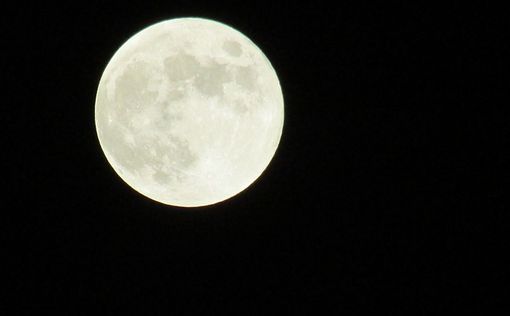The Australian space agency plans to use the rover to collect rocks on the lunar surface as part of the Artemis mission. Lunar rocks are believed to contain oxygen, according to The Science Time.
Scientists have found that it is probably “hidden” inside the regolith – a layer of rocks and fine dust that covers the surface of the Moon.
In particular, moonstones and gravel contain minerals (such as iron and magnesium oxides) that contain oxygen, although not in a form that you can breathe. These minerals were formed from meteorites that have crashed into the lunar surface for millennia.
It is specified that special industrial equipment will be required to obtain oxygen from the regolith. This will require converting the solid metal oxide to a liquid form either by applying heat or heat in combination with electrolytes.
Lost Fragment of the Moon Found Near Earth on 11 Nov. reported RIA Novosti.
After analyzing the reflection spectrum of the asteroid Kamoalev, orbiting the Sun along with the Earth, scientists have come to the conclusion that it consists of the same material as the Moon. According to the authors, this is either a failed satellite of our planet, or a breakaway fragment of the Moon. The research results are published in the journal Communications Earth & Environment.
The asteroid (469219) 2016 HO3, which later received the name Kamoalev (from Hawaiian “wobble”), was discovered on April 27, 2016 using the Hawaiian automatic telescope Pan-STARRS. Its diameter, calculated from the standard albedo for stony asteroids, is about 40 meters, and its orbital period around the Sun is about 366 days.
During its space travel, the asteroid sometimes approaches the Earth, then moves away from it, moving along a complex near-earth orite at a distance of 38 to one hundred distances between the Earth and the Moon. Today it is the most permanent quasi-satellite of our planet. According to scientists, it will accompany the Earth for at least another million years.
American astronomers led by Benjamin Sharkey of the University of Arizona examined the reflected light of Kamoalev using the Large Binocular Telescope (LBT) and LDT telescope at Lowell Observatory in Arizona and found that it has a red reflection spectrum very similar to the spectrum of minerals on the lunar surface …
According to the authors, this fact, together with the estimate of Kamoalev’s orbital path, suggests that the asteroid originally arose as part of the Earth-Moon system. It may have formed as a result of the collision or gravitational destruction of a larger body during its passage near the Earth and the Moon. Scientists cannot yet say how this could have happened. Part of the reason is that there are no other known lunar asteroids.
“I looked through the spectra of all the near-Earth asteroids to which we had access, and nothing of the kind was found,” Benjamin Sharkey said in a press release from the University of Arizona.
Another argument in favor of the lunar origin of the asteroid Kamoalev is its orbit.
“It is highly unlikely that a near-Earth asteroid will spontaneously move into quasi-satellite orbit,” explains study author Renu Malhotra, a professor of planetary sciences at the University of Arizona who led the orbit analysis portion of the study.









